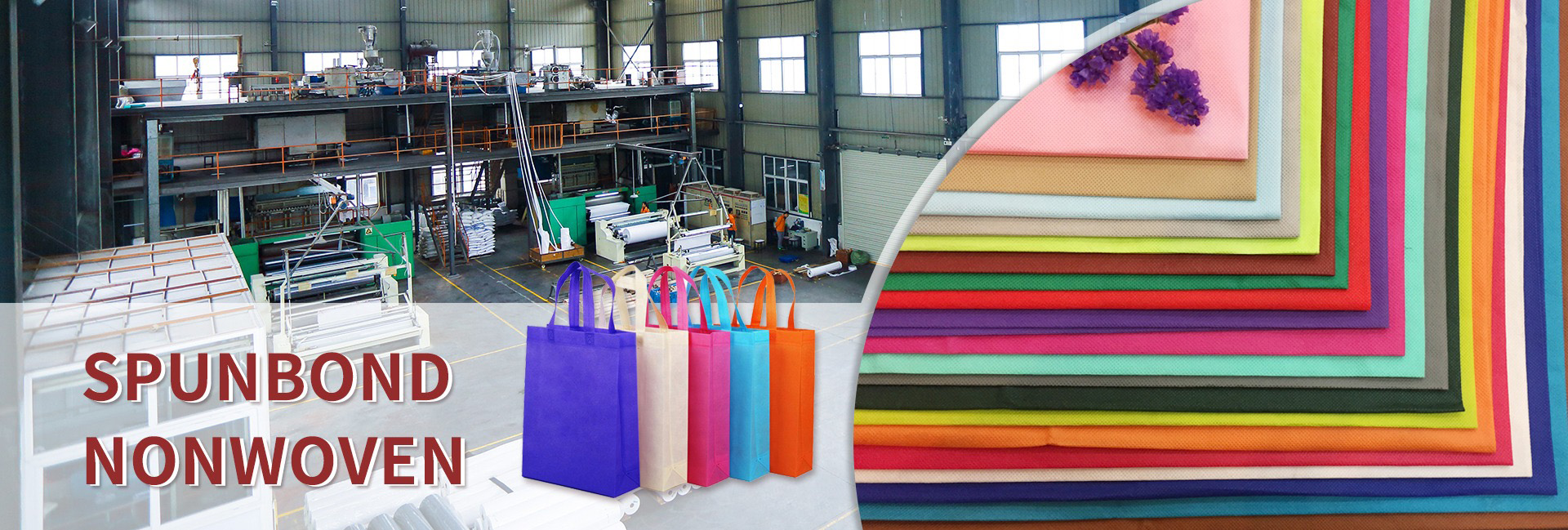
Products
UV treated spunbond nonwoven fabric
Generally speaking, black and dark non-woven fabrics have stronger UV resistance than white and light non-woven fabrics because they absorb more UV rays. However, even black and dark non-woven fabrics cannot completely prevent the penetration of ultraviolet rays. Due to differences in the production process and materials of non-woven fabrics, there are also differences in their protective capabilities. Therefore, when purchasing non-woven fabric products, it is recommended to choose non-woven fabric products with certain UV protection properties.
Product Details
| Color | As per customer requirements |
| Weight | 15 – 40 (gsm) |
| Width | 10 – 320 (cms) |
| Length / Roll | 300 – 7500 (Mtrs) |
| Roll Diameter | 25 – 100 (cms) |
| Fabric Pattern | Oval & Diamond |
| Treatment | UV stabilized |
| Packing | Stretch wrapping / Film packing |
UV treated material, made of “PP” polypropylene, which is an economical and environmentally friendly polymer. This type of fabric is equipped with specialized UV absorbers to prevent sunlight exposure.
UV treated fabrics essentially create a microclimate, providing uniform ventilation, thereby promoting early growth and development of plants and crops
Generally white, we provide wool covers according to customer requirements. Made of non-woven polypropylene, the ambient temperature under wool is 2 ° C higher than the outdoor temperature. This has increased yield and crop quality.
Weed control fabric is a highly specified spunbond polypropylene material designed to minimize weed growth. It also helps to maintain moisture in the soil and prevents various coverings (including decorative aggregates) from leaking into the ground.
UV treated spunbond nonwoven fabric advantages
1. An economical membrane that can prevent most rhizome growth from penetrating from below. No chemicals required during installation
2. Water and feed enter the soil below
3. Low maintenance horticulture
4. Decorative aggregates will not lose in the soil
5. Lightweight and will not hinder plant growth.
6. Reduce the negative impact of summer sunlight.
UV treated nonwoven fabric applications
1. Aggregates areas
2. Pedestrian screen areas
3. Flower Beds
4. Under Decking with Mulch
5. Shrub Beds
6. Vegetable Beds
7. Vegetable Protection











